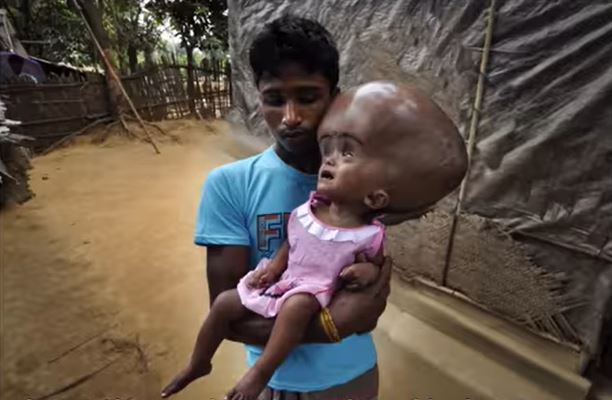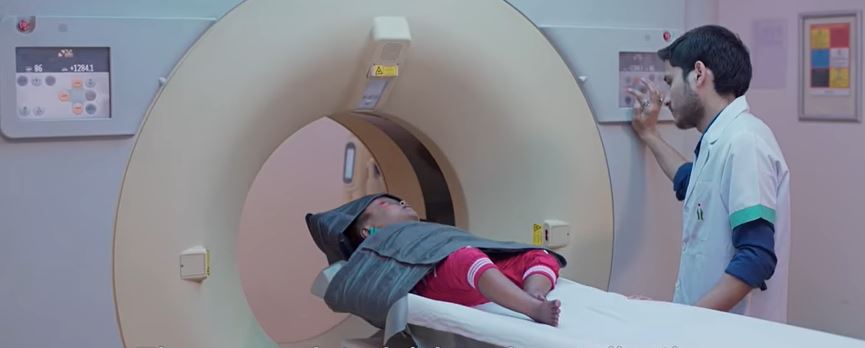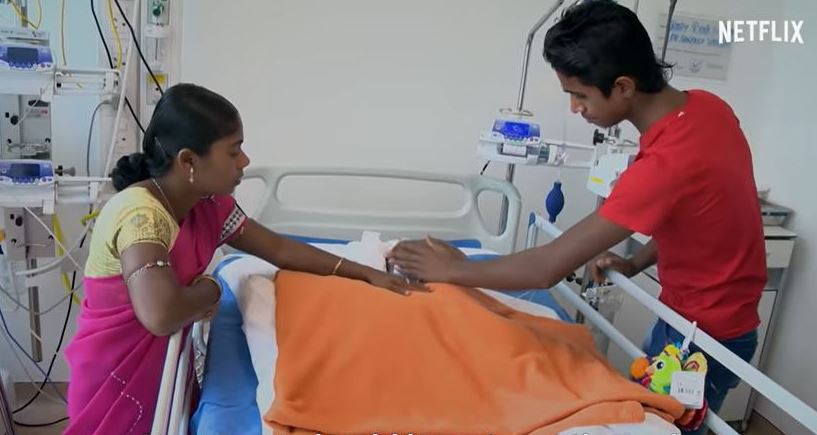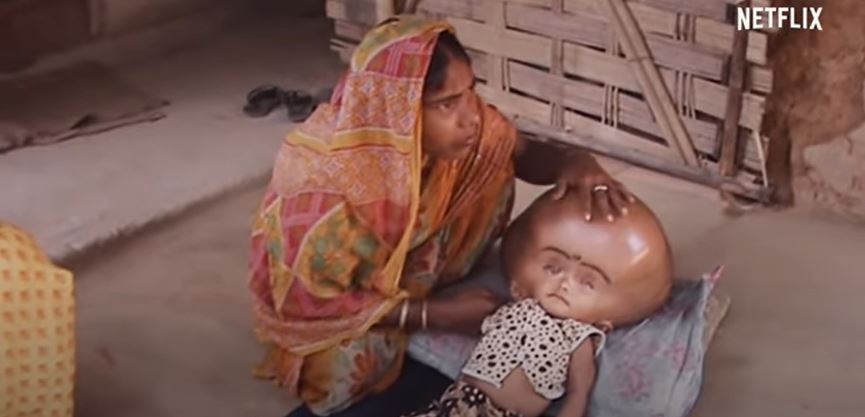Netflix’s ‘Rooting for Roona’ is an incredible documentary film that captures the unbelievable story of Baby Roona Begum, a child born in India with a condition called hydrocephalus. The 41-minute film chronicles how just one photograph gave Roona, who was previously tucked away in a neglected corner in north-east India, a chance at life.
Charting her journey, it highlights every aspect of her medical care and intervention, which, although highly appreciated, ultimately turned out to come too late. The social justice documentary comes from a place of passion, to raise awareness and obtain proper healthcare for everybody, no matter their background.
How Did Baby Roona Die?

Roona Begum was born to Abdul Rahman and Fatema Khatun in Jiraniakhola village in Tripura, India, in the early 2010s. She suffered from a birth-defect called hydrocephalus, which led to the massive swelling of her head. This condition meant that there was a constant build-up of spinal fluid in the cavities deep within her brain, putting pressure on it, damaging it, and causing it to expand.
Adults or older children with hydrocephalus usually experience headaches, impaired vision, cognitive difficulties, loss of coordination, and incontinence, but with infants, this is far more dangerous – mostly fatal. Roona’s parents, who lead a hand-to-mouth living, initially struggled to understand what exactly ailed their daughter. Unfortunately, their trips to the government hospitals were in vain because they weren’t equipped to treat her either.

It was only in 2013, when a journalist from her hometown took a photo of Roona and put it on the internet that her life changed for the better. Overnight, her story became viral, and one of India’s premier private hospitals near the nation’s capital, New Delhi, admitted her, free of cost, for treatment. In the years that followed, Fortis Memorial Research Institute Gurgaon, now Gurugram, gave Roona eight surgeries to shrink her head size from 94 cms to 58 cms.
Since the treatment for hydrocephalus is often a shunt inserted surgically into a ventricle to drain the excess fluid, they were getting ready to do that as well, promising her that she would be able to live her life as a normal kid. Roona’s story had also encouraged Nathalie Krantz from Norway, along with Jonas Borchgrevink, to raise money for her operations. Together, they had collected over $62,000 for her, but unfortunately, that one last surgery could never transpire.

In June 2017, at the age of 5 and a half, Roona Begum lost her fight with life and her condition, just a month before her scheduled final operation. It was only in May that Roona had undergone a routine check-up, where everything came out to be perfectly okay, considering her circumstances. But suddenly, on June 18, she started having trouble breathing. And before she could be taken to the hospital for treatment, she passed away.
It was in the evening, at about 8 p.m., that Roona suffered from this unforeseen complication. After just a few minutes, without a doctor around, surrounded by just her mother at their home, she took her final breath. Although hydrocephalus is not uncommon, Roona’s case has been one of the rarest, since infants with this condition usually pass away before they even get the opportunity to be diagnosed and treated.
Read More: Where Are Baby Roona’s Parents Now?

